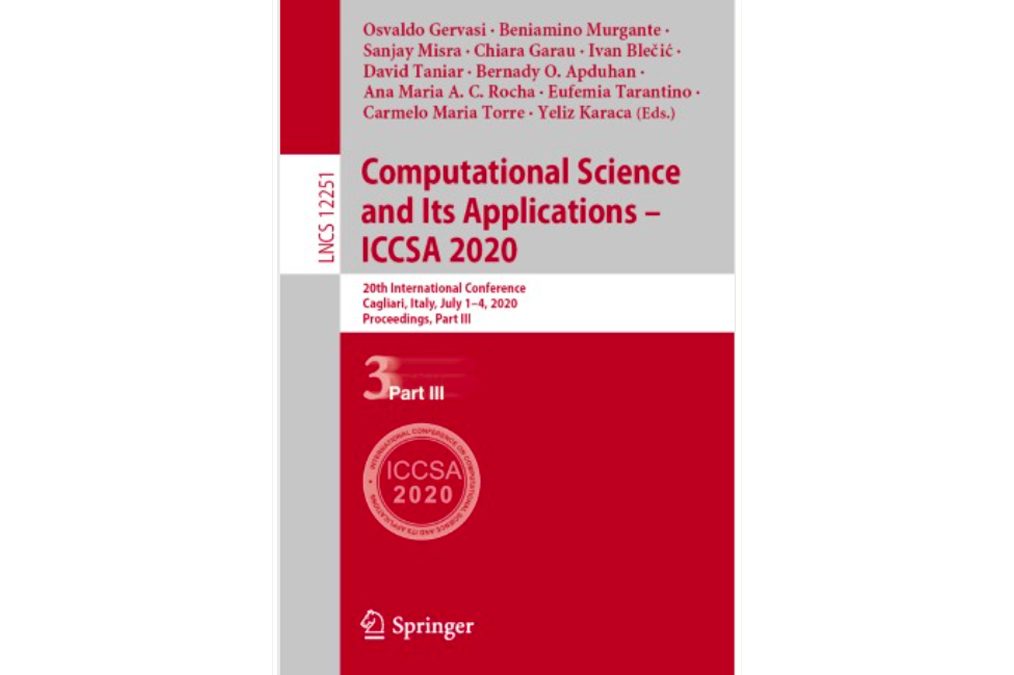ABSTRACT
The paper explains a research methodology to understand the impacts of touristification and overtourism on the urban dimension. A block of the Naples historic downtown (Italy) has been selected as a sample to verify the transformations induced by the airification process of the city since 2015 on the social and urban environment, investigating the influence on real estate dynamics, and their impacts related to economic, social, cultural and urban criteria.
The mapping of Airbnb listings on the block has allowed to analyse the economic convenience of renting short-term housing, identifying an income surplus defined as “interstitial rent”, which represents the economic advantage achieved. The analyses carried out on the average market values of the properties on Airbnb have revealed the tendency to redevelop the “waste building stock”, which is unattractive for the ordinary market, in view of its turbo-valorisation by converting it into accommodation. The attractiveness characteristics of the properties were compared to the average market values to investigate the housing stock that can be removed from the ordinary residence market in view of its value enhancement. This research has highlighted the progressive gentrification of the historic center and the relocation of the permanent inhabitants outside it. Therefore, investigating the prevailing sentiment that agitates the social organisations of Europe, we have come to provide an intervention proposal for the regulation of post covid-19 housing policy, which tends to co-participated formulation of strategic choices, involving all interested parties, in order to find a shared application.
FONTE
Leggi l’articolo completo qui:
Cerreta M., Della Mura F., Lieto L., Poli G, (2020)
Gervasi O. et al. (eds), Computational Science and Its Applications – ICCSA 2020. ICCSA 2020. Lecture Notes in Computer Science, vol 12251. Springer, Cham

